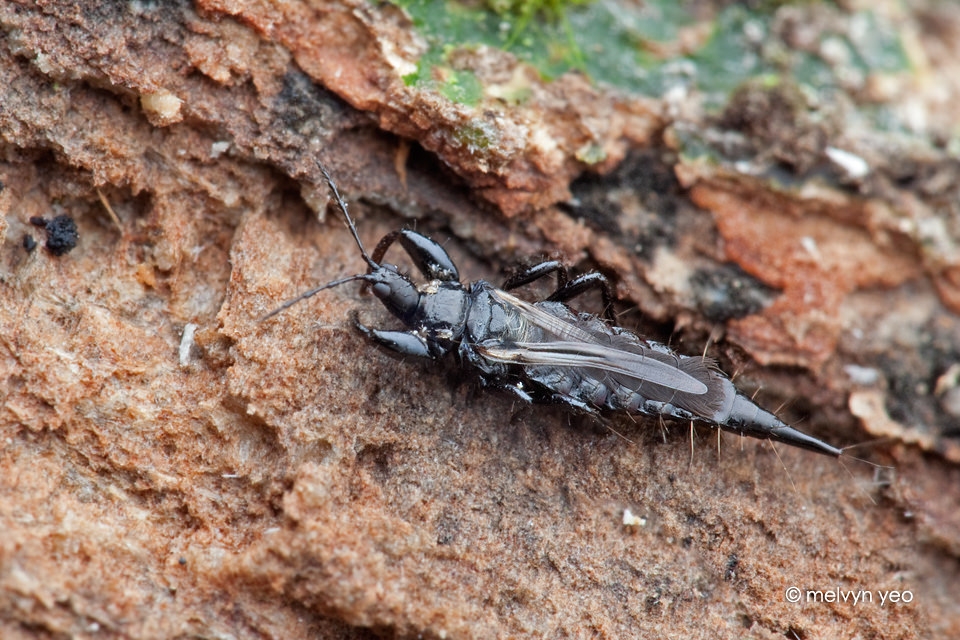Deviation Actions
Description
Quote from www.amentsoc.org/insects/fact-…
Thrips are also known as thunder flies, because they sometimes take to the air in huge numbers (especially in thundery weather) and are occasionally irritating as they can get into people's eyes when they fly around like this.
Thrips found in the British Isles are tiny insects, just 1-2mm long, but in other parts of the world they can be up to 14 mm. They have two pairs of narrow, fringed wings, although some are wingless. The scientific name for the order - Thysanoptera - comes from the Greek thysanos (fringe) and pteron (wing).
They are not difficult to spot, as they are often found on flowerheads. A close look at a dandelion often reveals a number of them. And they are rather interesting creatures.
More than 6,000 species of thrips are known around the world, with over 300 of these in Europe and only around 150 native to Britain. Telling these tiny insect species apart is not always easy!
And before we go any further - a single thrips is still a thrips - not a thrip (just like a single sheep is a sheep)!
What's special about thrips?
Thrips are certainly a little bit special among the insects.
They are special firstly because of their life cycle. Insect life cycles can be described as either complete or incomplete. Insects that have the so-called 'complete' life cycle go through the stages of being an egg, from which emerges a larva, which then becomes a pupa (within which their wings develop) and then an adult emerges from the pupa. Essentially, incomplete life cyclers miss out the pupal stage and the larvae (called nymphs) look like their parents.
Thrips do have this complete life cycle - except that their wings develop outside the pupa, which makes one wonder why they bother to have a pupa at all. Not only that, but they have more than one pupal stage. Yet, during their larval stages, they look like miniature adults!
Another odd thing about thrips is their mouthparts. They lose one half of their mandibles during development, so they are lop sided, or asymmetrical, with only one mandible on the left hand side!
May I please reference this art piece?
Referencing as in create a shortcut to my desktop to this url, not download the file and not directly copy this work?
And when i ask someone if I can reference the art,
I have these rules:
1.) I clearly define what i am asking like:
- what will i be referencing in the artwork.
- how i intend to use that reference in my art
2.) If this is an art piece made and owned by artist then i talk to them.
3.) If this is an adoptable, commission, or other bought work,
Then I MUST ask both the artist and person who owns the art.
4.) Cannot directly copy the art in any way.
What i want to reference: insects and other critters you post are extremely unique! They give great inspiration for creature creation.
How i intend to reference: I am hoping to collect various examples of animals from many sources for fantasy creature creation.































